Almost 300 years later, on the 7th of December, at the Opening Session of the Convention of Biological Diversity’s COP15, UN Environment Programmes (UNEP) Executive Director Inger Andersen re-emphasized the urgency of agreeing on an ambitious post-2020 Global Biodiversity Framework, with clear ambitions for the world, reiterating that “…we are deep in a triple planetary crisis. A crisis of nature and biodiversity loss, yes. But also a crisis of climate change. And a crisis of pollution and waste “. Just a few weeks earlier, UN secretary general António Guterres said this with even stronger words at the COP 27 for the UN Climate Change Conference in Sharm El Sheikh, stating that the world is “on the highway to climate hell with our foot still on the accelerator”.
And on November 3rd, the Norwegian Prime Minister Jonas Gahr Støre announced, as a reply to part of these crisis, that Norway will reduce emissions by 55%.
By 2030.
A goal worthy of pursuit
That’s in 7 years. That’s a lot of energy transition in a very short amount of time after almost 300 years of getting to where we are now. To say it’s ambitious is an understatement. But it’s a goal that is worthy of pursuit – and SINTEF is ready to work towards this goal. We already have a number of strategic research areas at SINTEF that focus on precisely this need to transition away from fossil fuels and finding new sources of energy to help mitigate the planetary crisis. Strategic research on Wind and Sun. Batteries. Hydrogen. In addition to many other that focus on changing consumer and industry behaviour, such as Circular Economy, New Climate-Positive Measures, Smart Societies, and Mobility. And many more that are tangibly related to these, such as Biodiversity and Area Use.
November Conference in Rio de Janeiro
Work on these different strategic research areas was also part of the reasons why five researchers from SINTEF left Norway and headed towards Rio de Janeiro, Brazil, the first week of November 2022. To talk about energy transitions within the context of planetary crisis at the November Conference – an annual event that brings together academics and industrial practitioners from Norway and Brazil to discuss challenges in the energy industry. And no challenges are bigger than these three planetary crises that UNEP mentioned at COP15, and that have been detailed by the UNFCCC – namely the of climate change, pollution and biodiversity loss. All of which also, coincidentally, are linked to the energy industry in one form or another. They are also linked to major global governance arenas where leaders meet regularly to make regulations to curb these challenges, such as the aforementioned COPs of the UN Climate Change Conference and the Convention of Biological Diversity (CBD) as well as the UN Environment Programme (UNEP).
A catalyst for fruitful collaborations
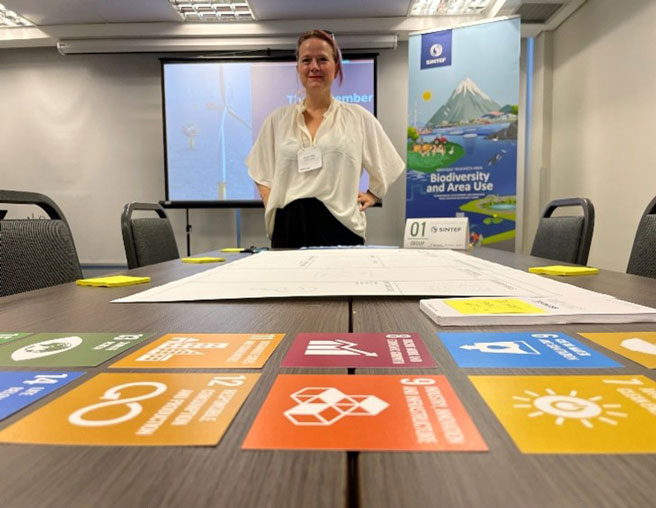
The November conference may not originally have had the triple planetary crisis as its main emphasis – since its original focus was on oil and gas alone. However, over the years, the conference has served as a catalyst for fruitful collaborations between Norway and Brazil, adapting itself to the regulatory and environmental realities within which it operates, and since 2018, the focus has expanded towards energy transition and low carbon. And in 2022, the first session on Biodiversity as it relates to energy transitions was also included.
Linking biodiversity and area use with energy transitions
Rachel Tiller from SINTEF Ocean leads the Strategic Research Area of Biodiversity and Area use at SINTEF, with a role to bring together practitioners, business and science to develop sustainable solutions and innovations within the intersection of nature, society and technology. In this case specifically, in Rio in November 2022, the focus was on linking biodiversity and area use with the topic of energy transitions, and look for synergistic collaborations between Norway and Brazilian partners in the same sectors – and weighing the sustainable development goals (SDGs) against one another to demonstrate the difficulties there are in having the cake and eating it too. Ensuring that there is a consciousness around technological developments, biodiversity, SDGs and energy transition that take a holistic view into account is critical for the green shift and her session gathered some interest from industry and academia alike, especially with the setting being a Serious Game that the participants played in groups.
New technology cutting costs in half
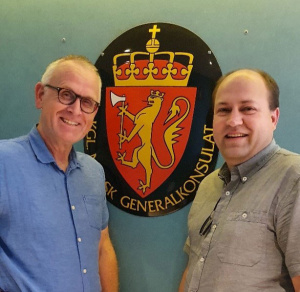
Harald Linga, Research Manager at SINTEF Industry in Bergen, did not play a game in his session, but rather presented the innovation centre “SWIPA: Centre for subsurface well integrity, plugging and abandonment” in a session on Oil & Gas in transition, on the theme of decommissioning challenges in the industry. This is a centre that is led by SINTEF and develops new technology to cut oil well plugging costs by as much as 50% – a cost that by using today’s technology is estimated to around 800 billion NOK (about 8 billion USD on a good day for exchange rates). On reflecting on the presentation specifically and the conference in general, Linga said the following:
“The Brasilian petroleum control agency, and the central actors on the Brazilian shelf, such as Petrobras, Repsol Sinopec, Equinor Brazil and TotalEnergies, all responded well to the presentation. The November conference is a good arena for networking, not just with Brazilian counterparts but also with the Norwegian ones. There were many high quality presentations from both industry and academic angles on development of different energy sources as we move towards the future of renewable energy sources only“.
Strong research collaboration
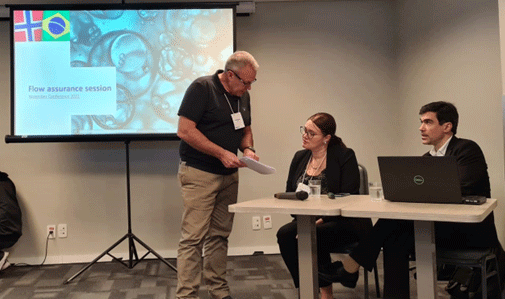
Andrea Shmueli, Research Manager at SINTEF Industry chaired the Flow assurance session at the November Conference together with João Carneiro from ISDB FlowTech. Historically, there has been a strong research collaboration between Norway in Brazil within flow assurance for energy efficient oil and gas production and this was reflected during the session with good presentations from the industry and academia. The best way to collaborate is developing joint projects that provide answers to common challenges across borders. One example which was presented during the session by the research scientist Diana Gonzalez (NTNU/SINTEF – Norway) and the R&D engineer Marcelo Pasqualette (ISDB Flowtech – Brazil) is the NFR competence building project Nexflow developed between Norway and Brazil lead by SINTEF (Norway) and ISDB Flowtech (Brazil). The Nexflow project aims to improve understanding oil-water flows in transport pipelines to lead to cost-effective and energy-efficient multiphase transport solutions.
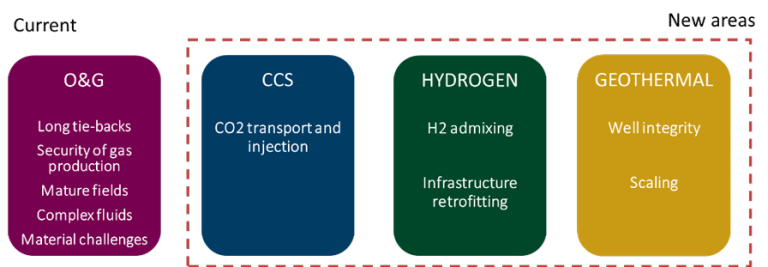
Flow assurance expertise in Norway and in Brazil is central for the energy transition where the technologies and competences developed for the O&G industry can be translated and implemented for new market areas such as CO2 transport (CCS), Geothermal energy, hydrogen. These are natural focus areas for future collaboration between the two countries and were initially highlighted at this year’s conference.
Focus on renewable energy topics is needed
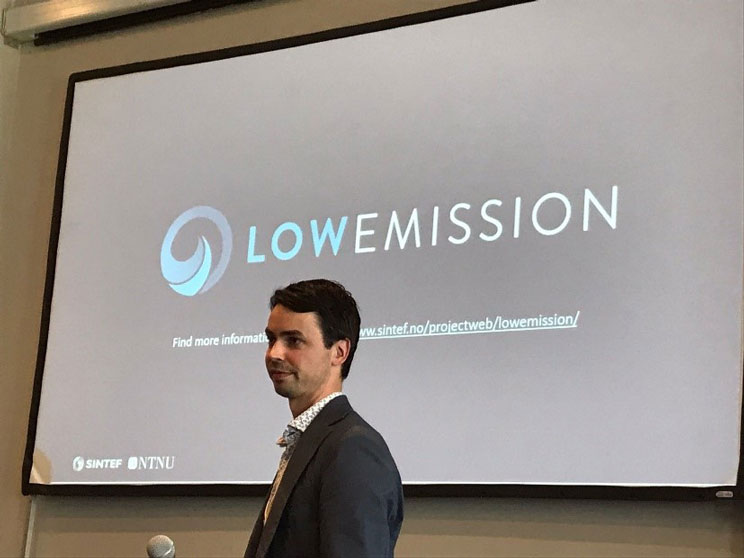
Heiner Schümann, Researcher at SINTEF Industry, also went to Brazil for this week in November. His reflection was that the conference was a nice interruption of the stressful end-of-the year reporting time in Norway, where the participants could load some sun, good food and meet people from all levels, including authorities, leaders in companies and other researchers. The conference is a nice mixture of different topics, but also types of presentations (from technical detail to policy etc.).
Still, for the next year he hopes the diversity of the topics will increase even more, with even more renewable energy topics being presented. He also hopes that Innovation Norway or NFR or Finep could also present plans for future collaboration possibilities/joint projects. These are topics that the new Counsellor for Science, Technology and Higher Education for Innovation Norway want to focus on when planning for the next conference as well – plans that are already ongoing together with the Norwegian partners.
Biodiversity and Area Use will be relevant for years to come

Keeping Biodiversity and Area Use on the agenda is also something that is likely to happen, which is fitting in light of the triple planetary crisis and the new Business and Biodiversity Assessment Report that IPBES will start working on in 2023. IPBES performs regular assessments of knowledge on biodiversity and ecosystem services and their interlinkages, in a similar fashion as the for many better-known IPCC reports, and to date, 8 IPBES assessments have been completed. The Business and Biodiversity Assessment will be a methodological assessment of the impact and dependence of business on biodiversity and nature’s contributions to people – something which is of high relevance for the energy transition sectors that participate in the November Conference. As such, the collaborations and connections already forged this year – and in earlier years of the November conference – will be of critical importance to continue in the years to come leading up to 2030. We have also followed by with Torkjell Leira in Innovation Norway, who visited SINTEF in December and together, we are working to strengthen the terms for collaborations and increased research opportunities with colleages in Brazil in the future.
Hopes for the future
Will Norway be able to reach the ambitious goal of 55% reduction in emissions? And will that have an effect on the biodiversity strategies Norway has? Because less known than the target of 55% emission reduction, is the fact that Norway is member of a High Ambition Coalition of more than 100 members working towards the goal of protecting at least 30% of areas both on land and at sea. How will that affect where we have wind turbines? Aquaculture? Mine for minerals for all the batteries that we will need for the electrification of our means of transport?
These are topics that have to be discussed and where technology can play a critical role – at the intersection of nature, society and technology. Next year, we hope for a larger group of researchers from SINTEF representing an even wider range of strategic research focus areas will come to Rio for the November conference – so that we can continue this dialogue on triple planetary crisis – and how we can still create value, but on the premises of nature.
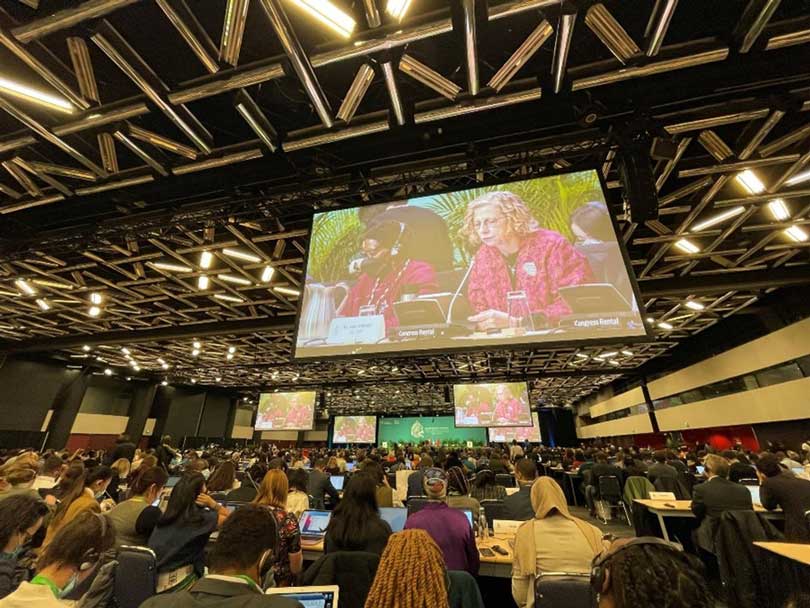
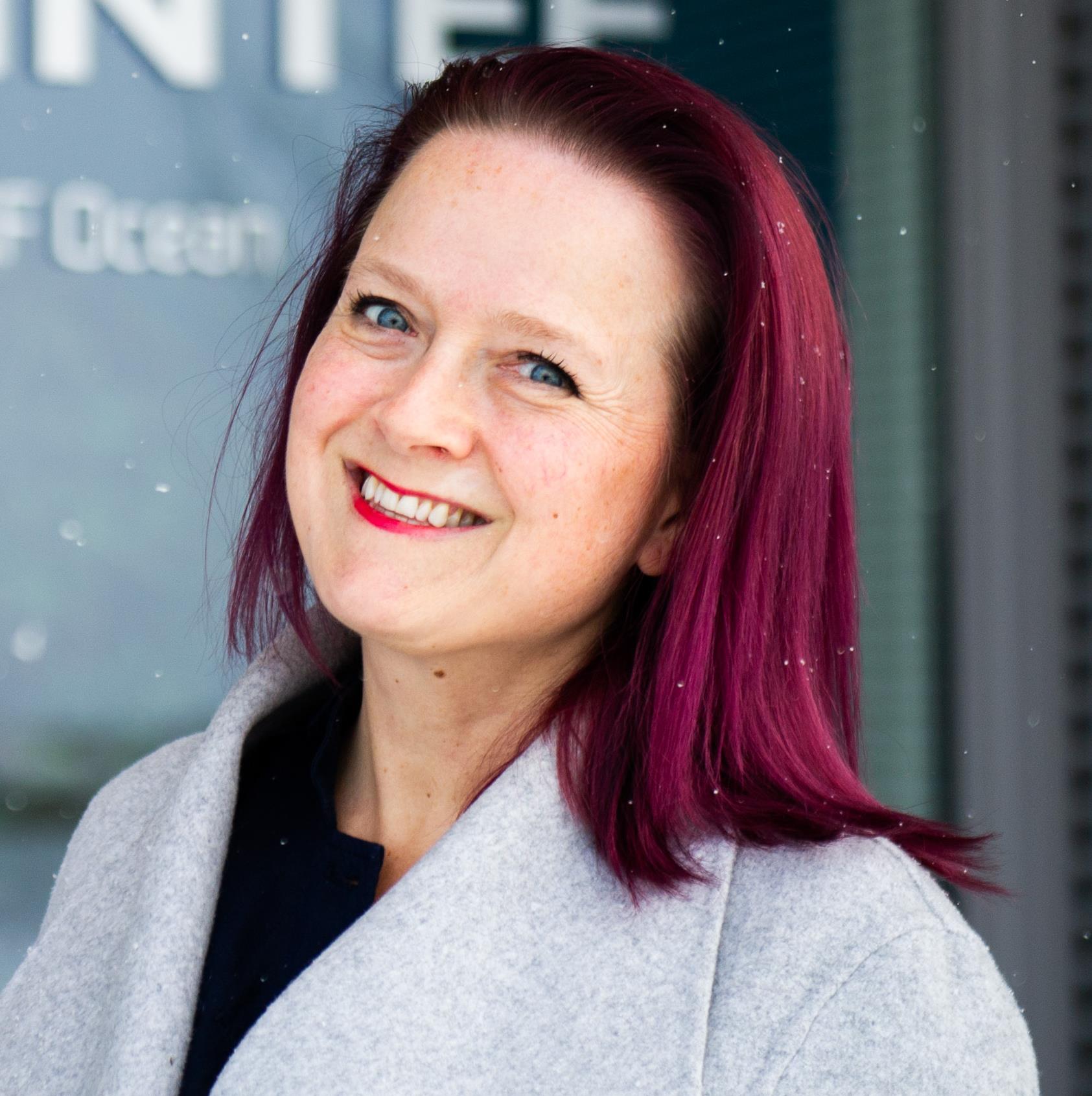
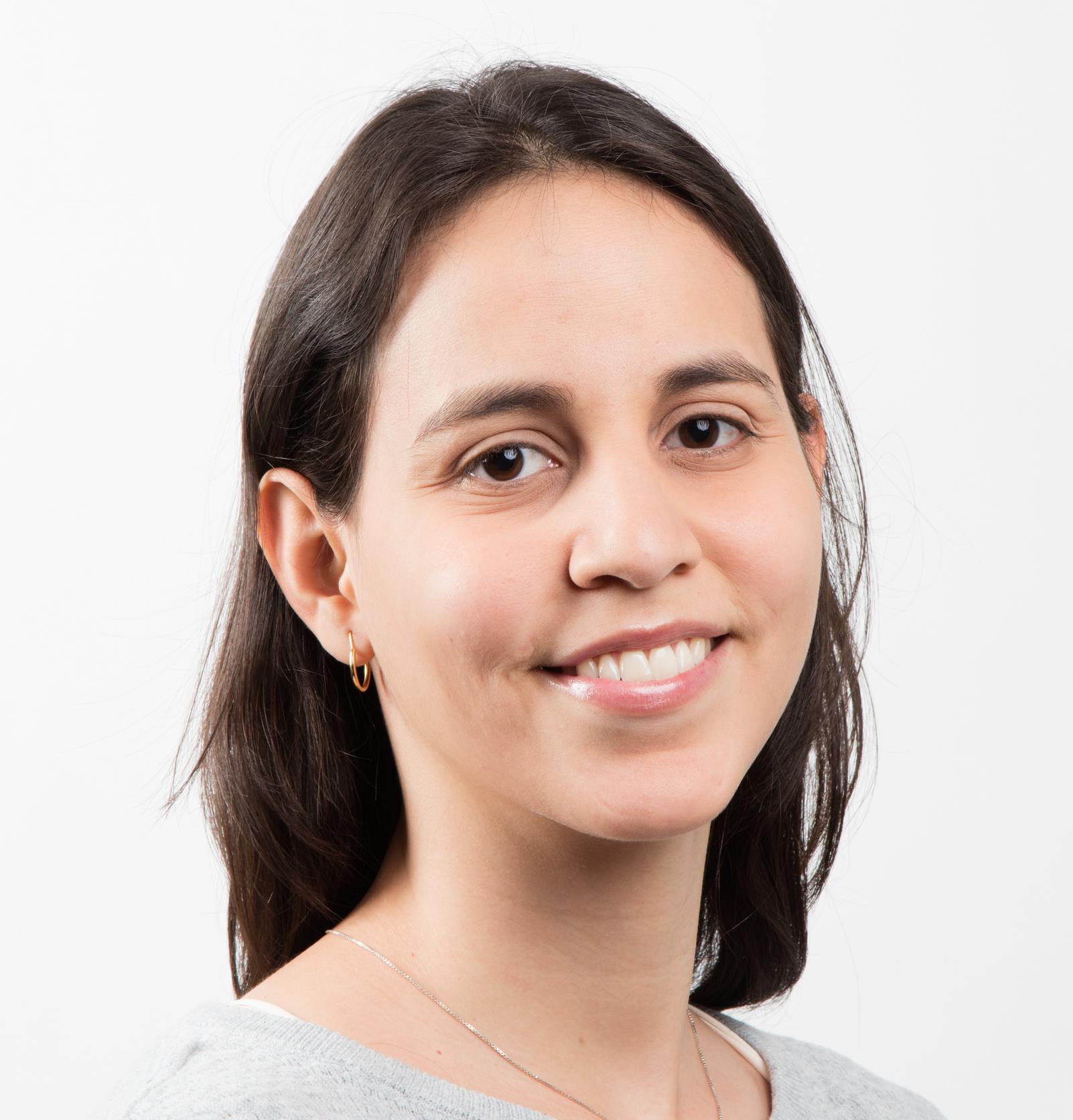
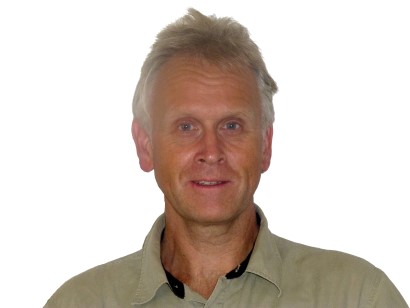
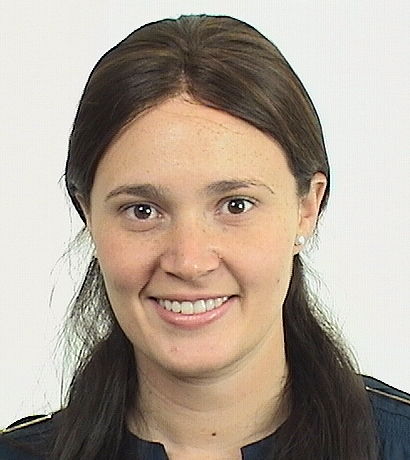
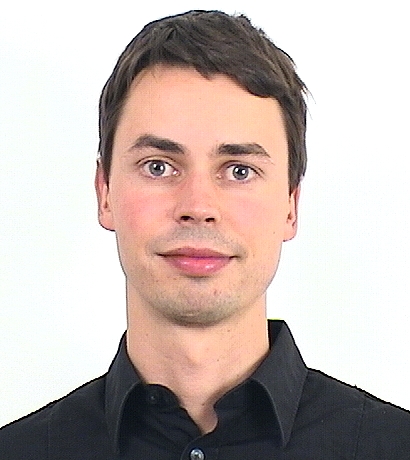
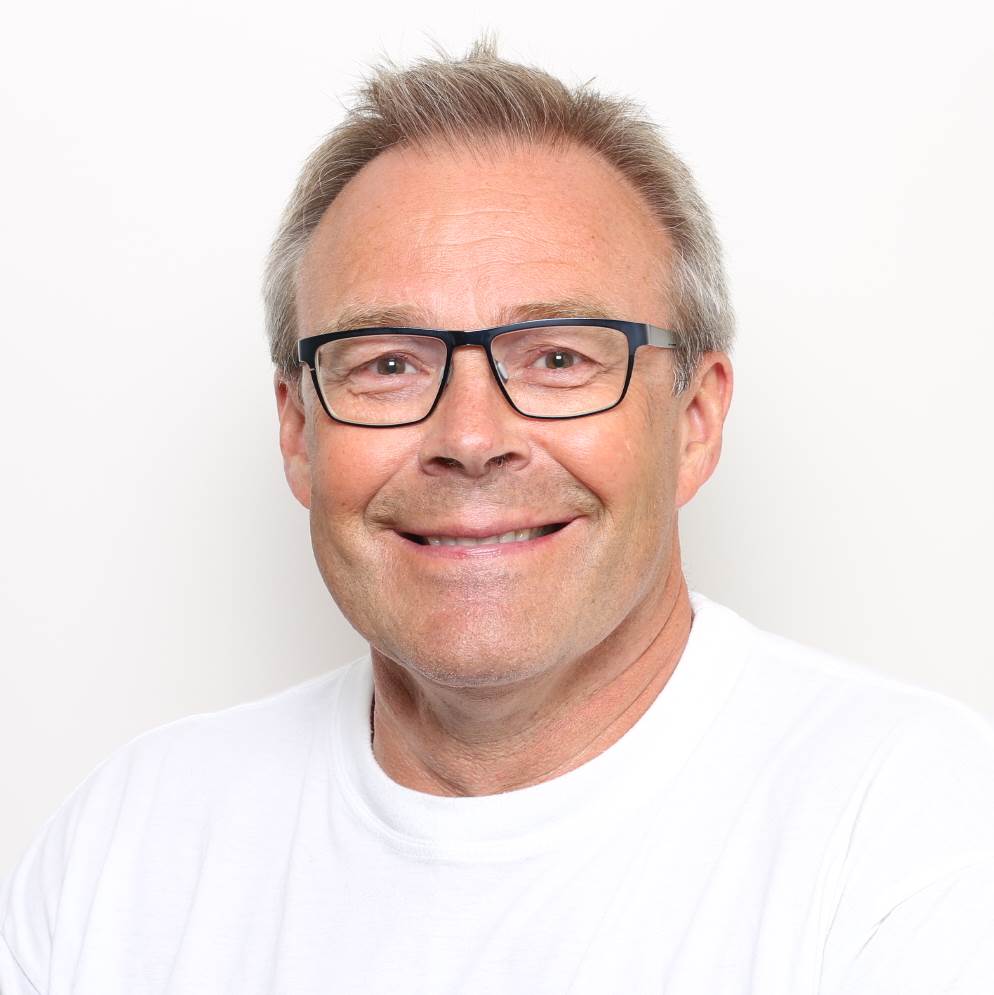
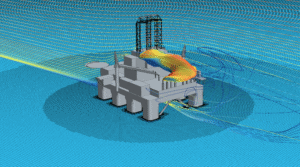

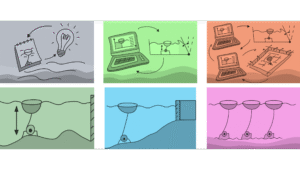

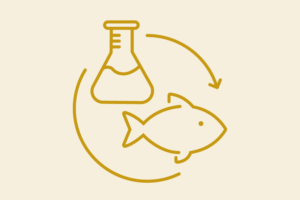


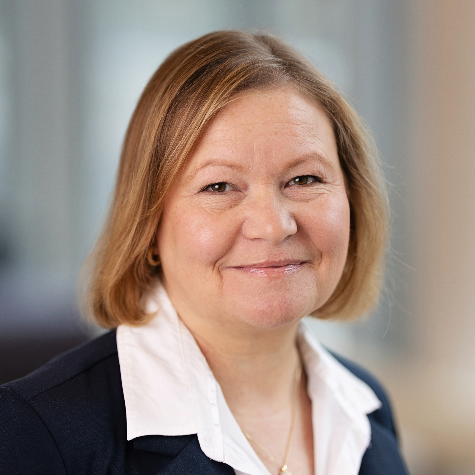
Comments
No comments yet. Be the first to comment!